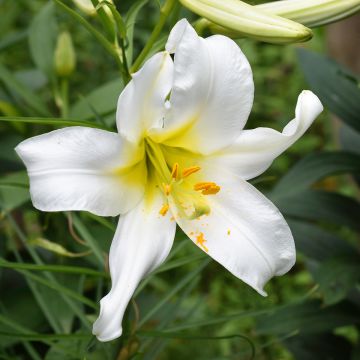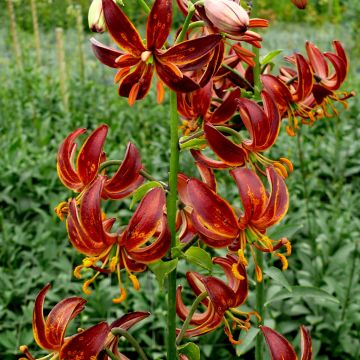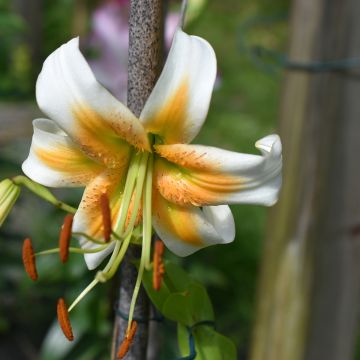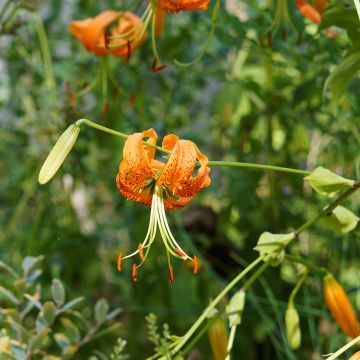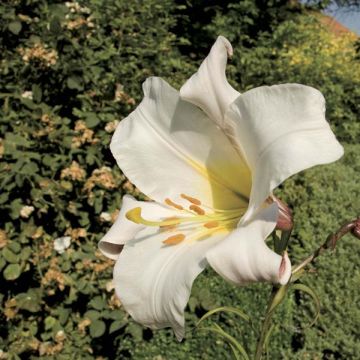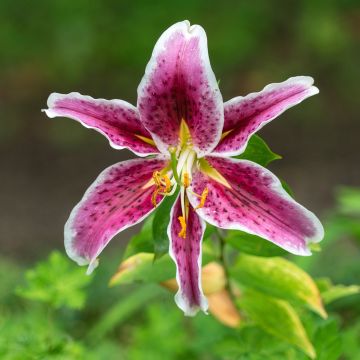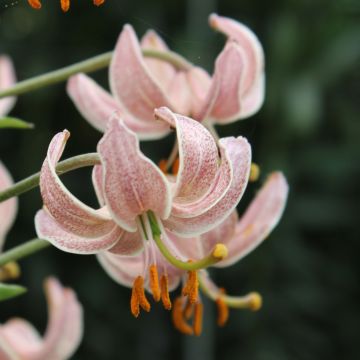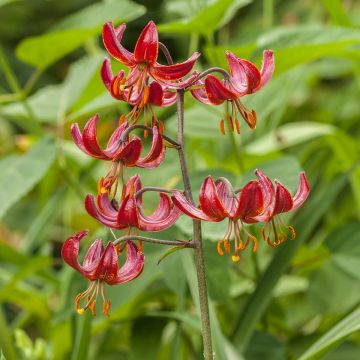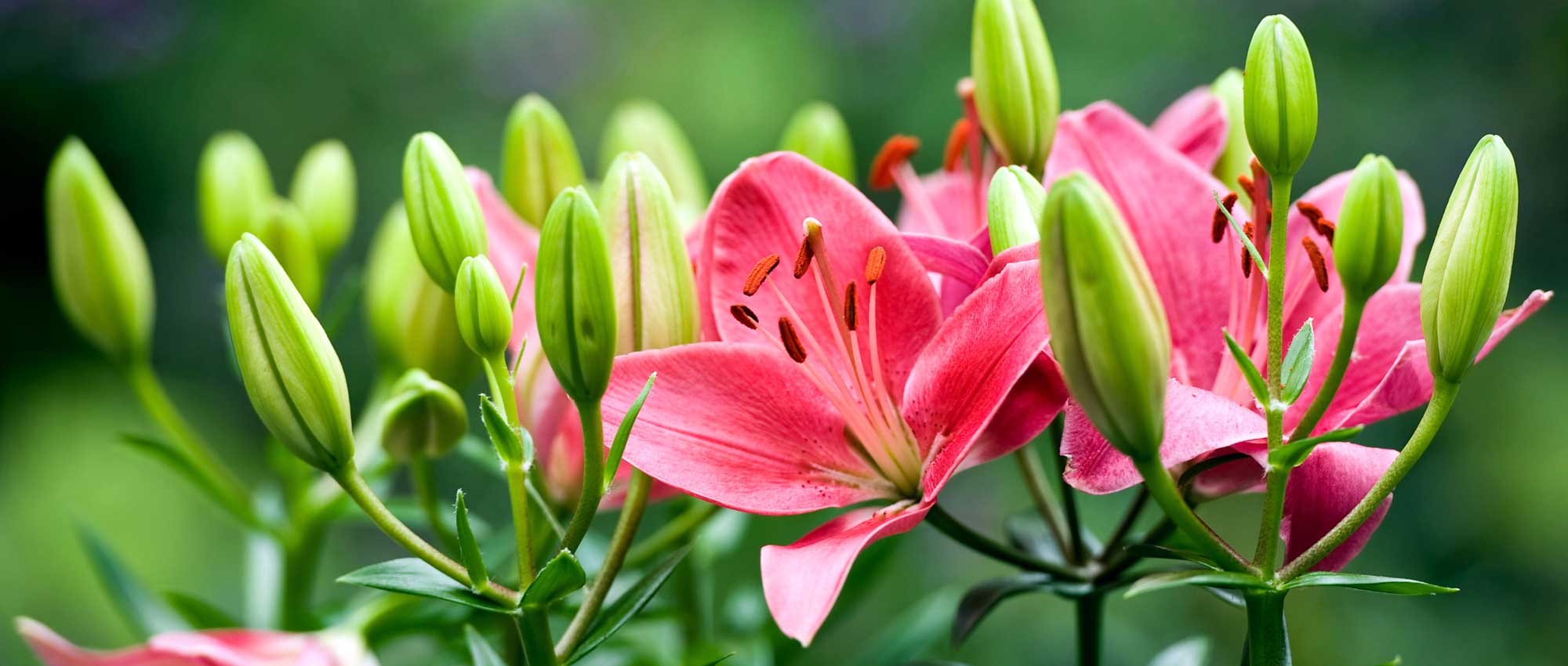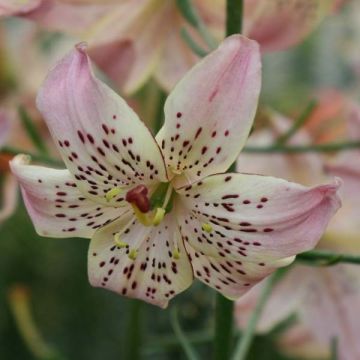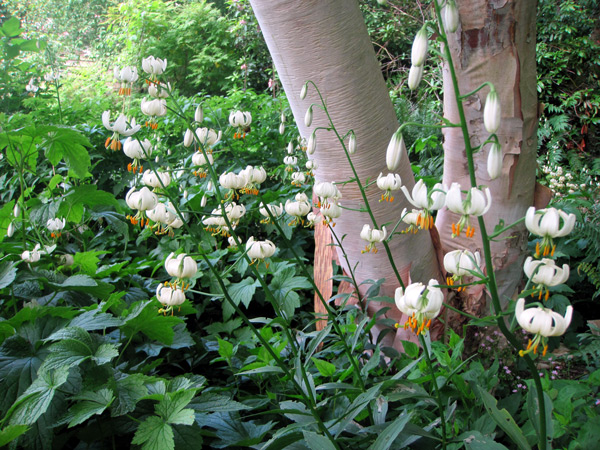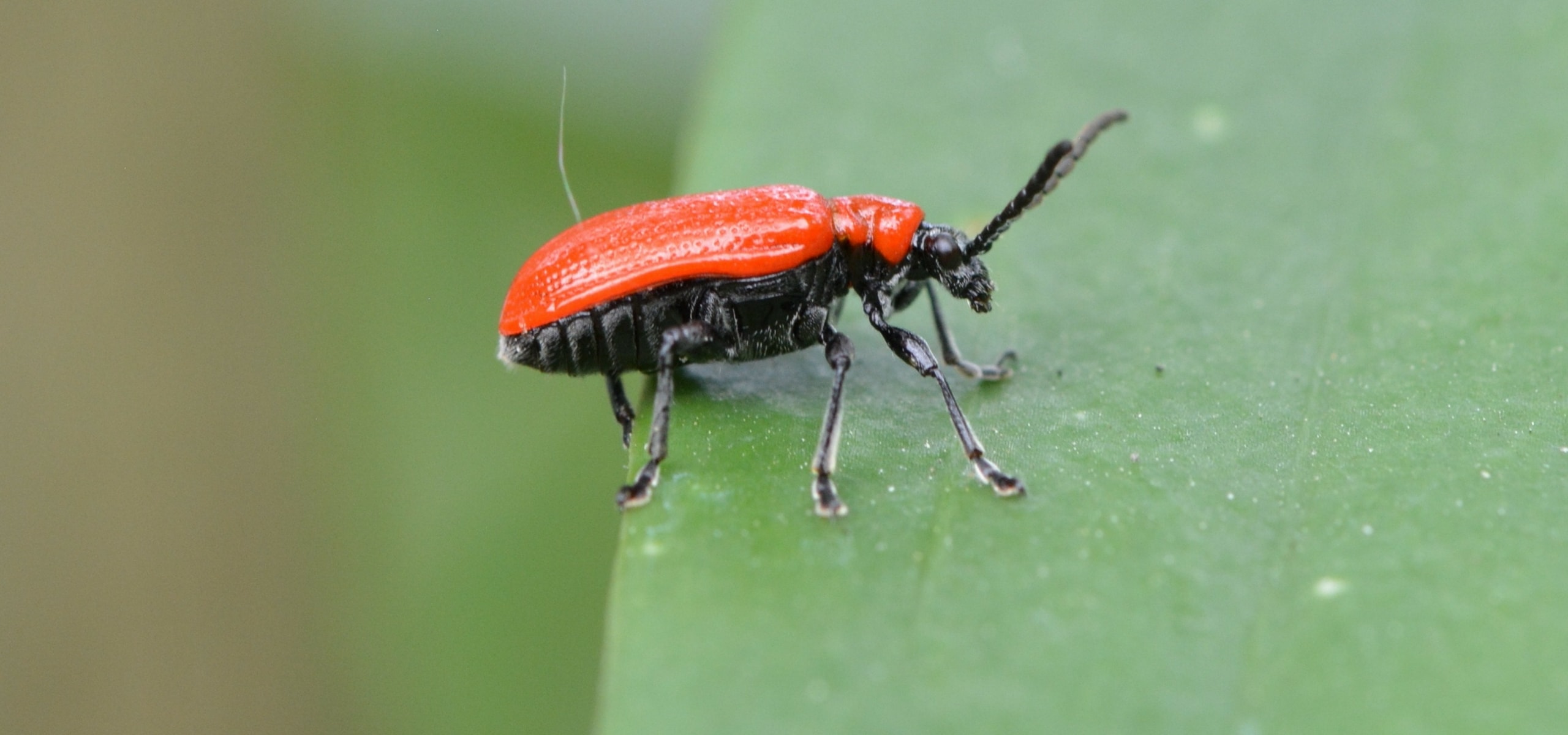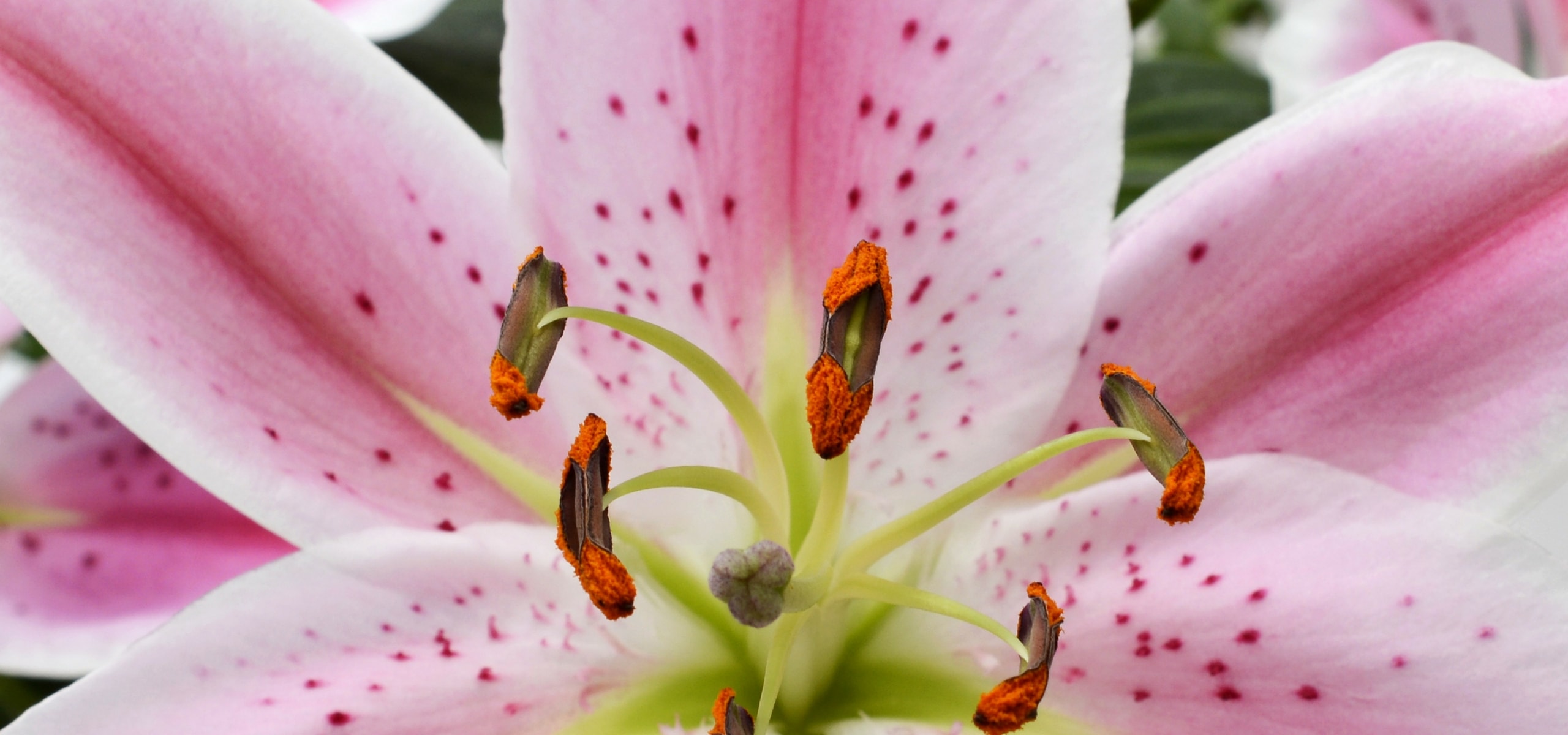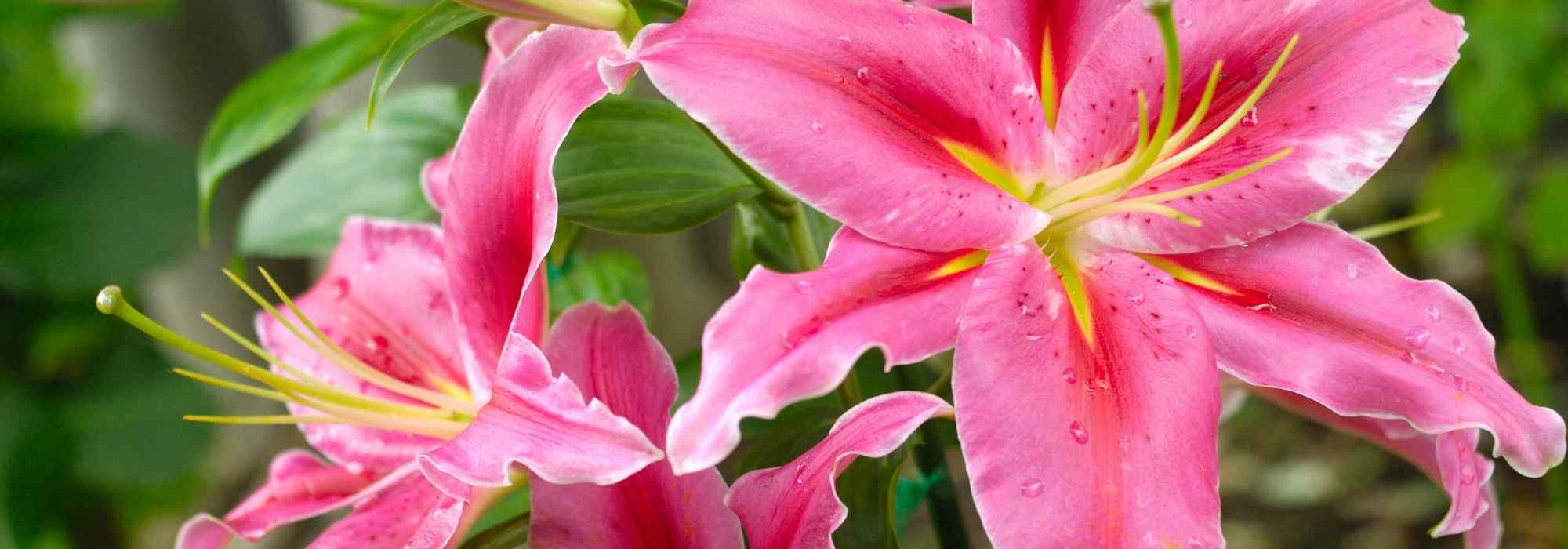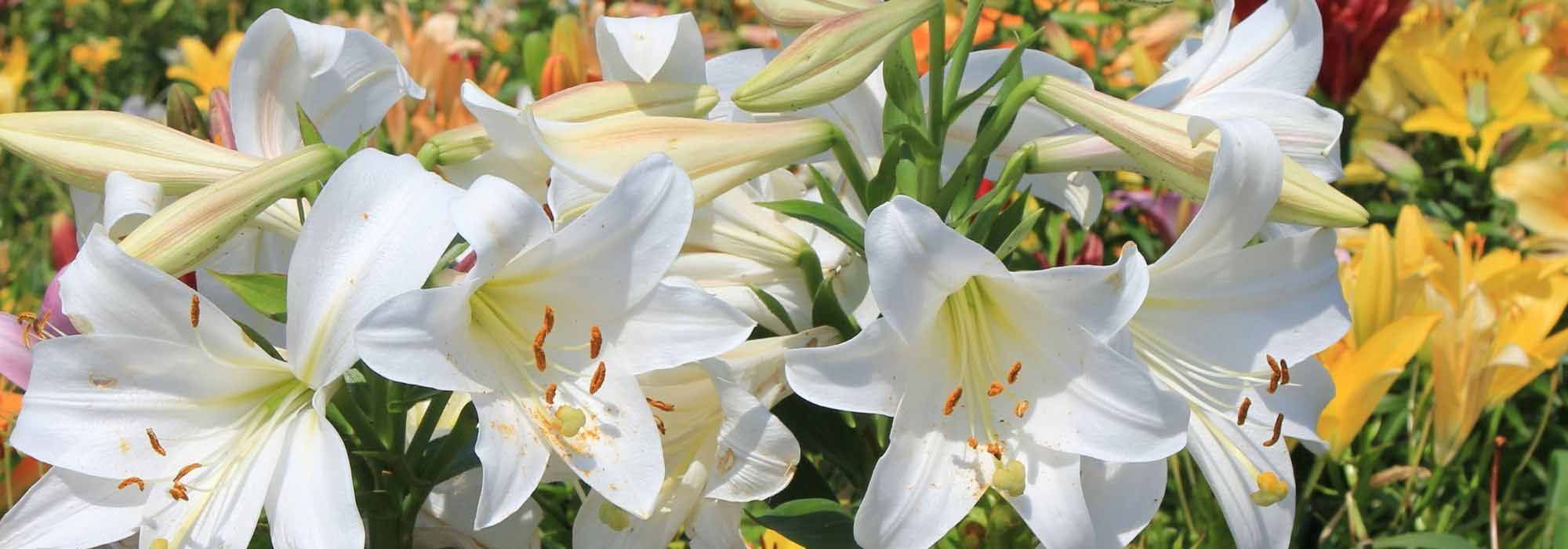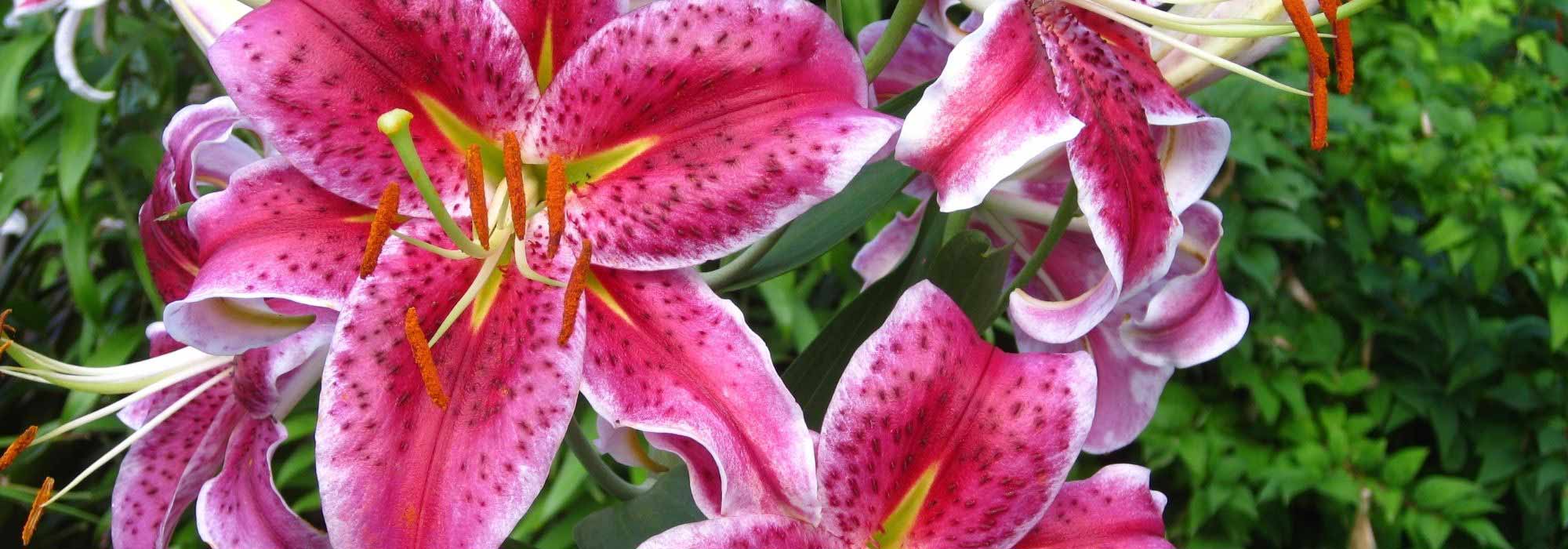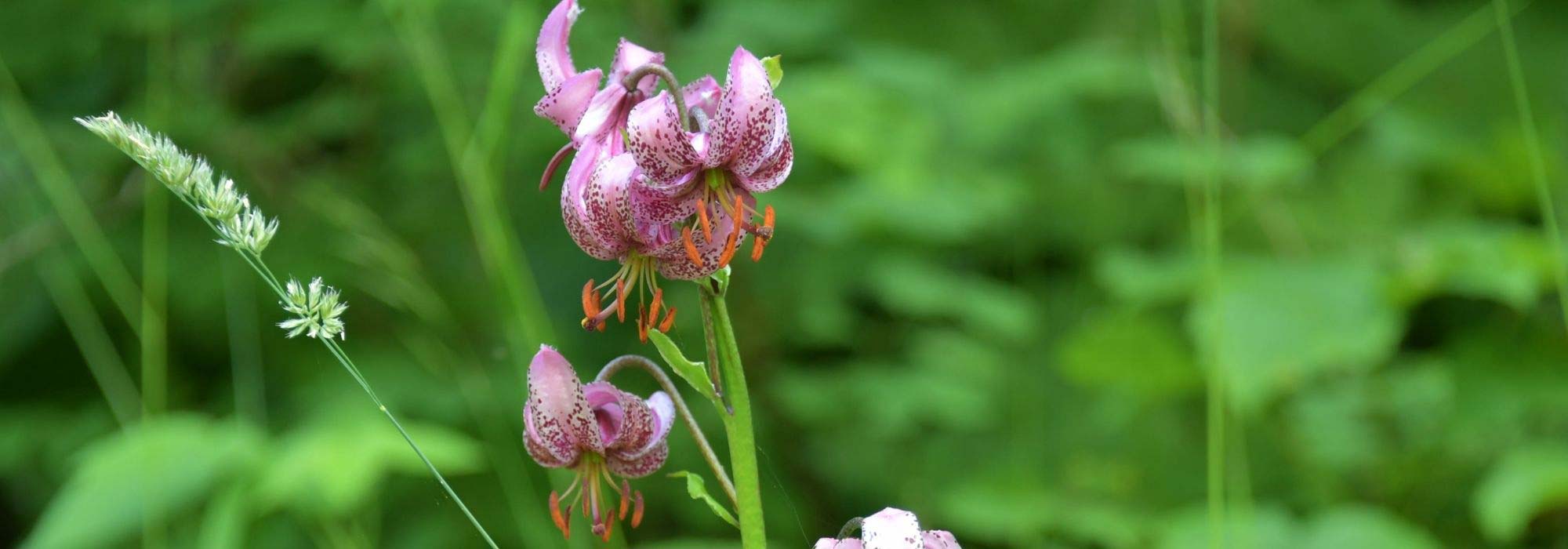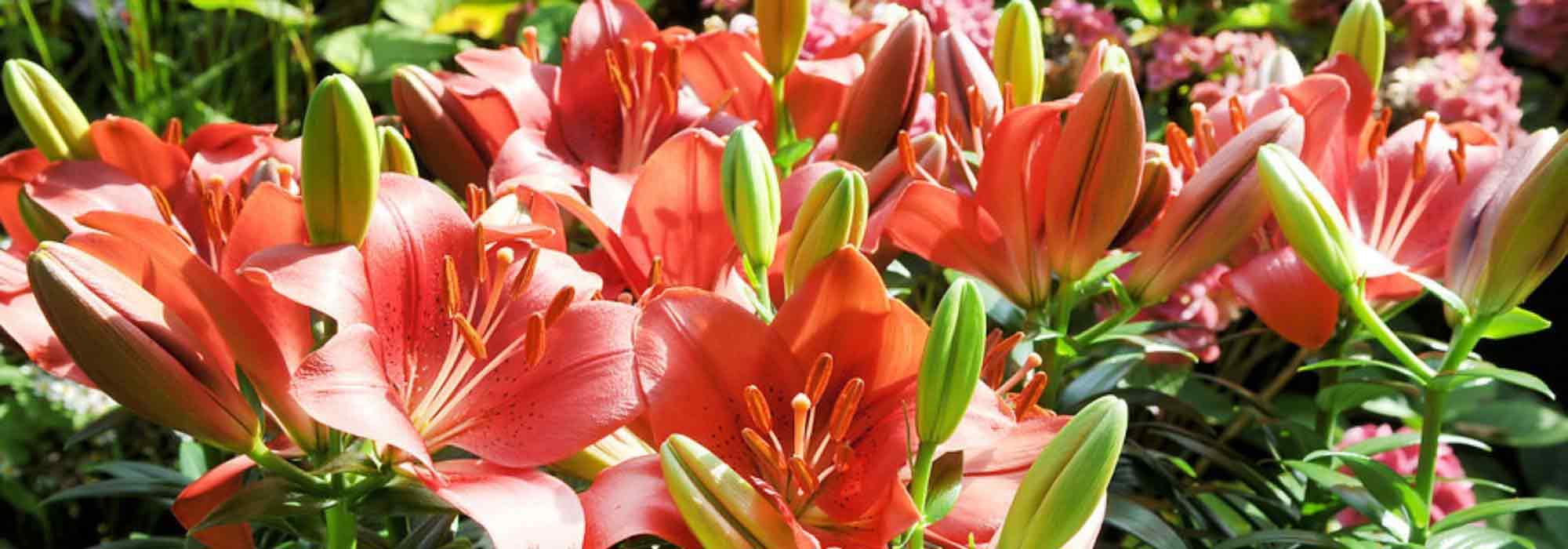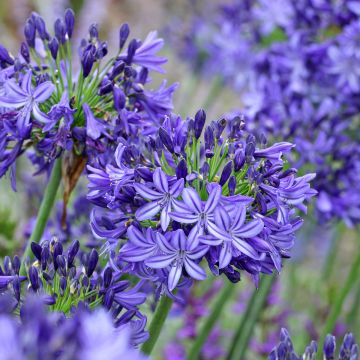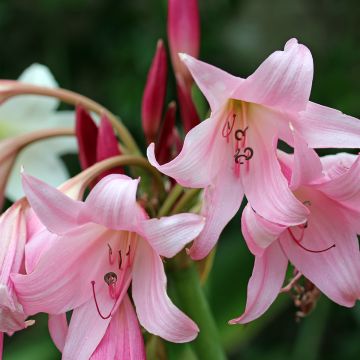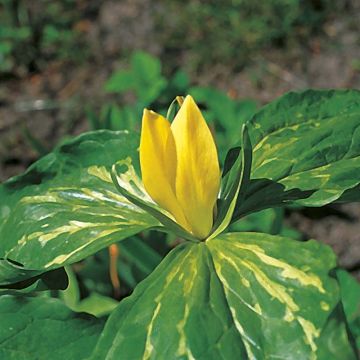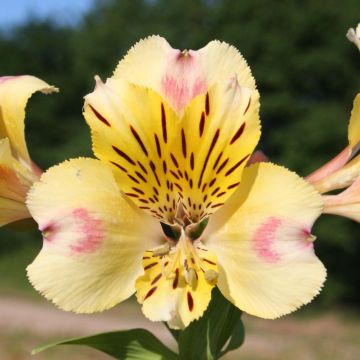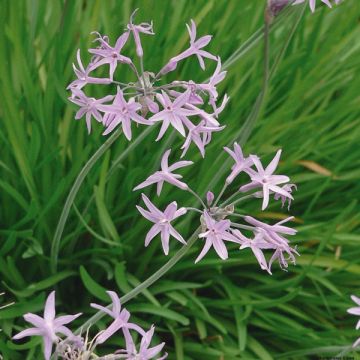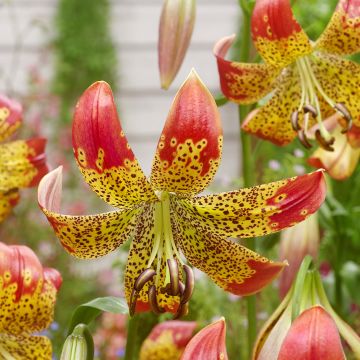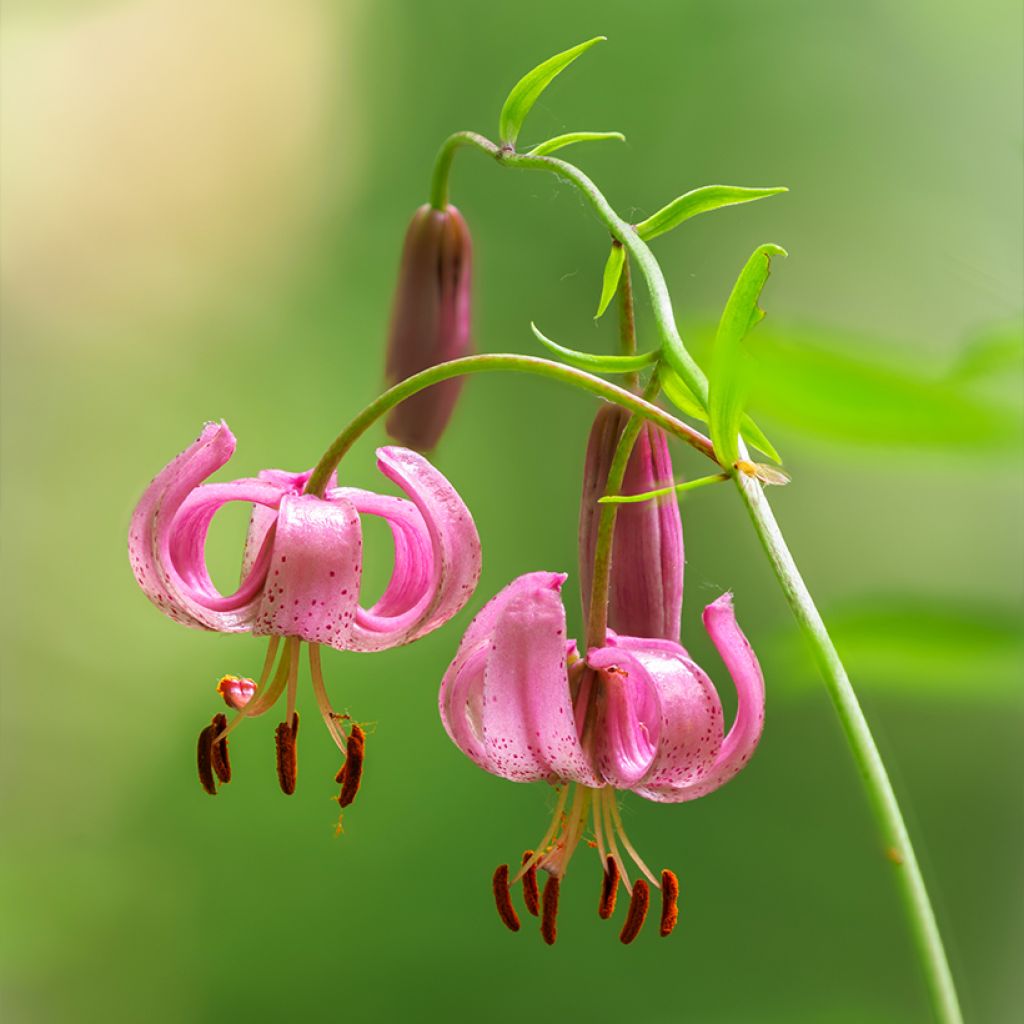

Lilium martagon - Lily
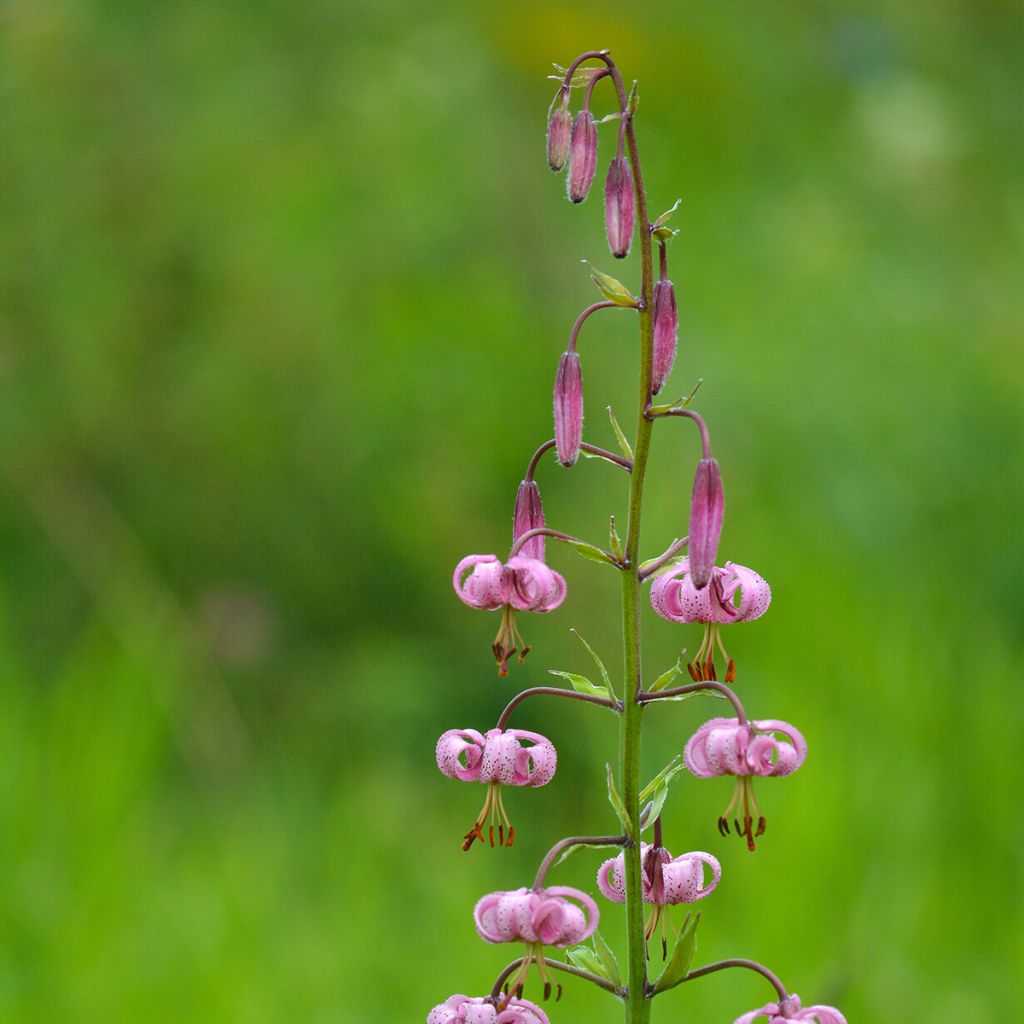

Lilium martagon - Lily
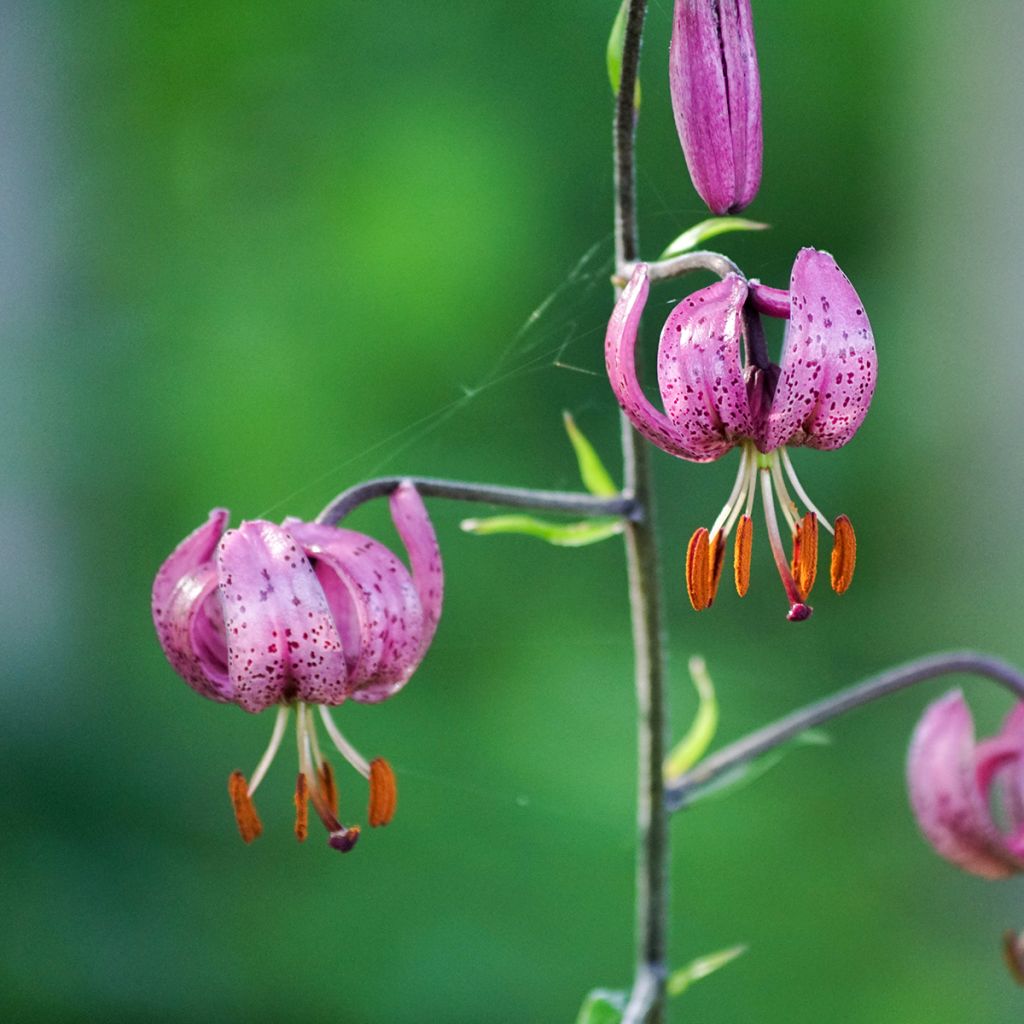

Lilium martagon - Lily
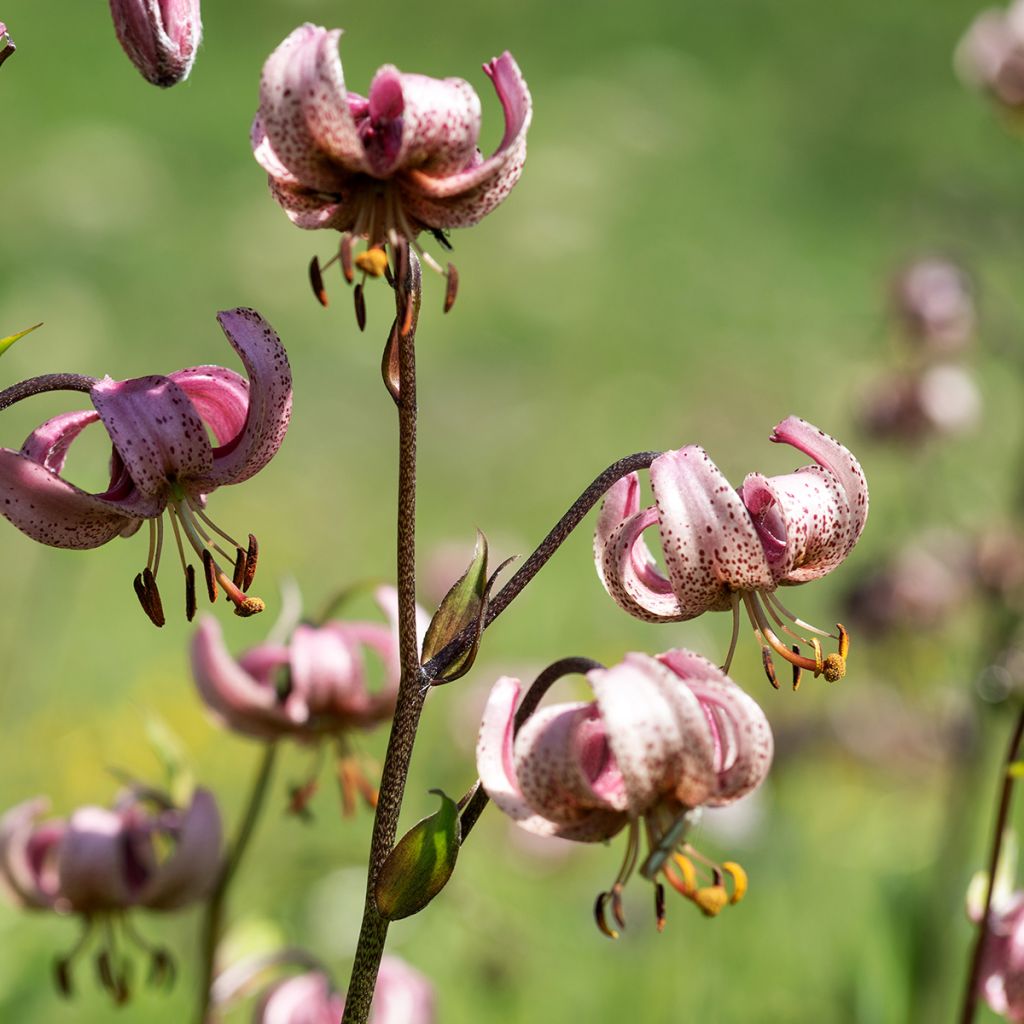

Lilium martagon - Lily
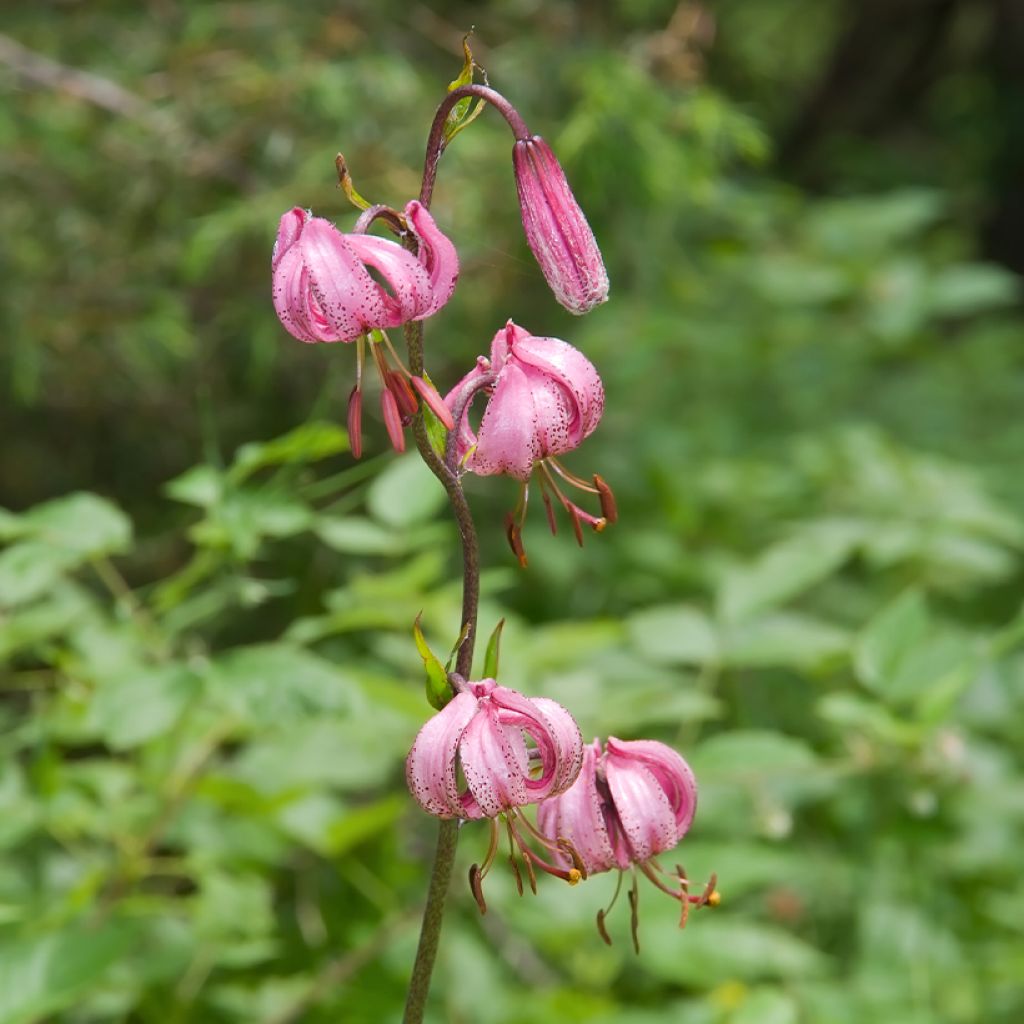

Lilium martagon - Lily
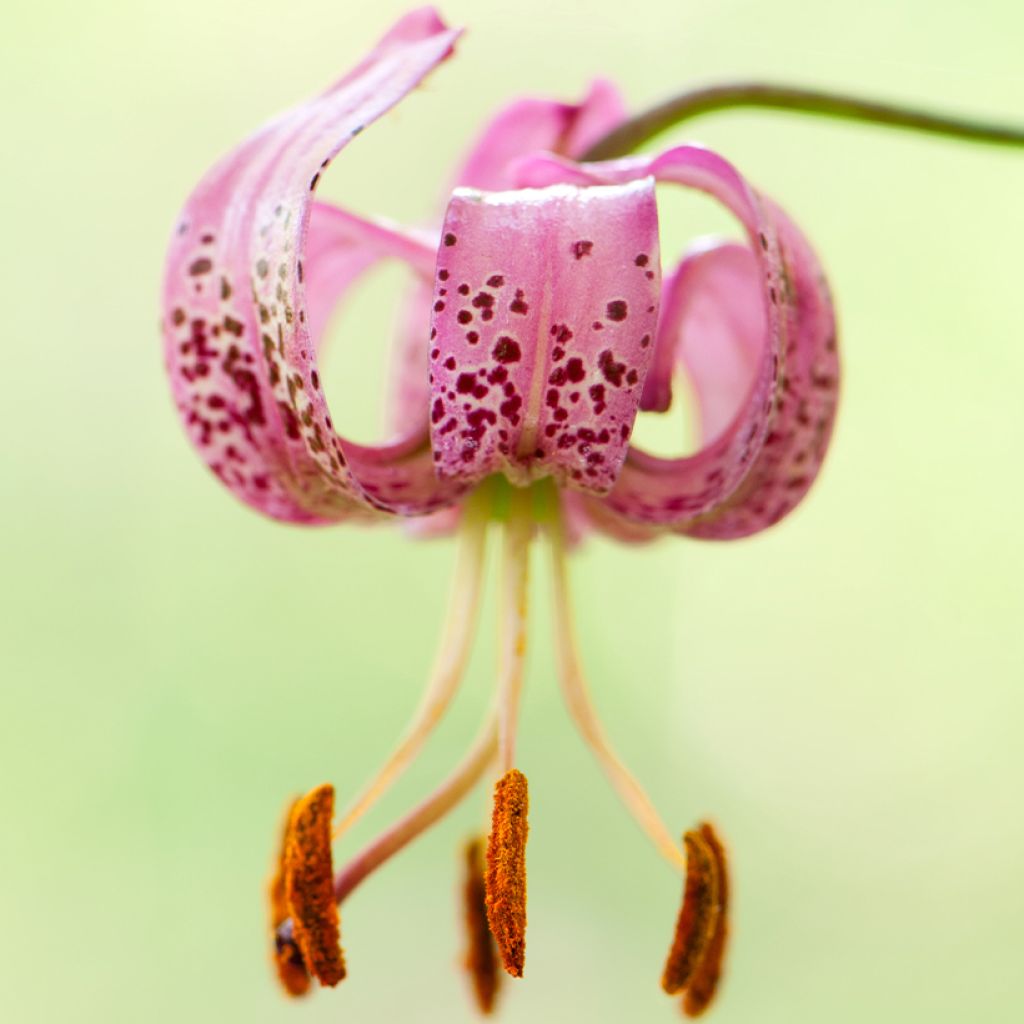

Lilium martagon - Lily
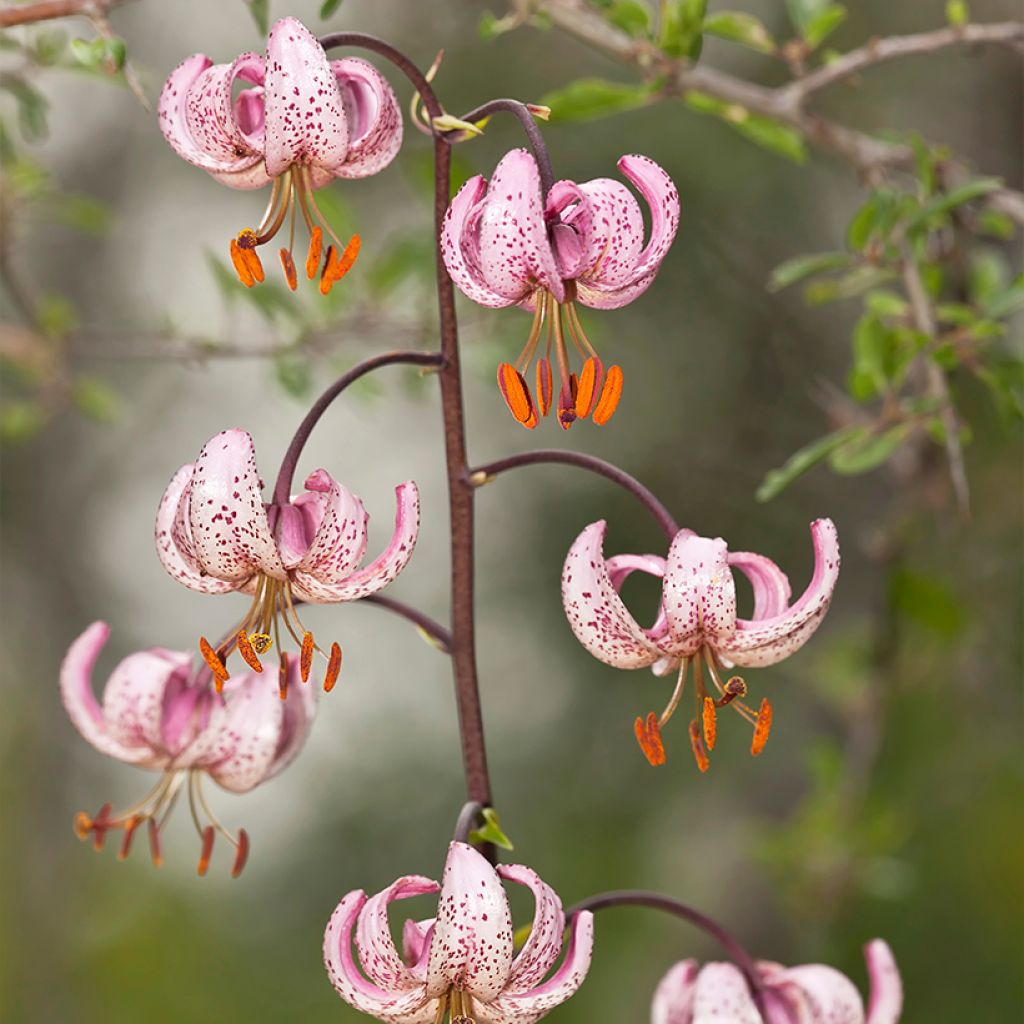

Lilium martagon - Lily
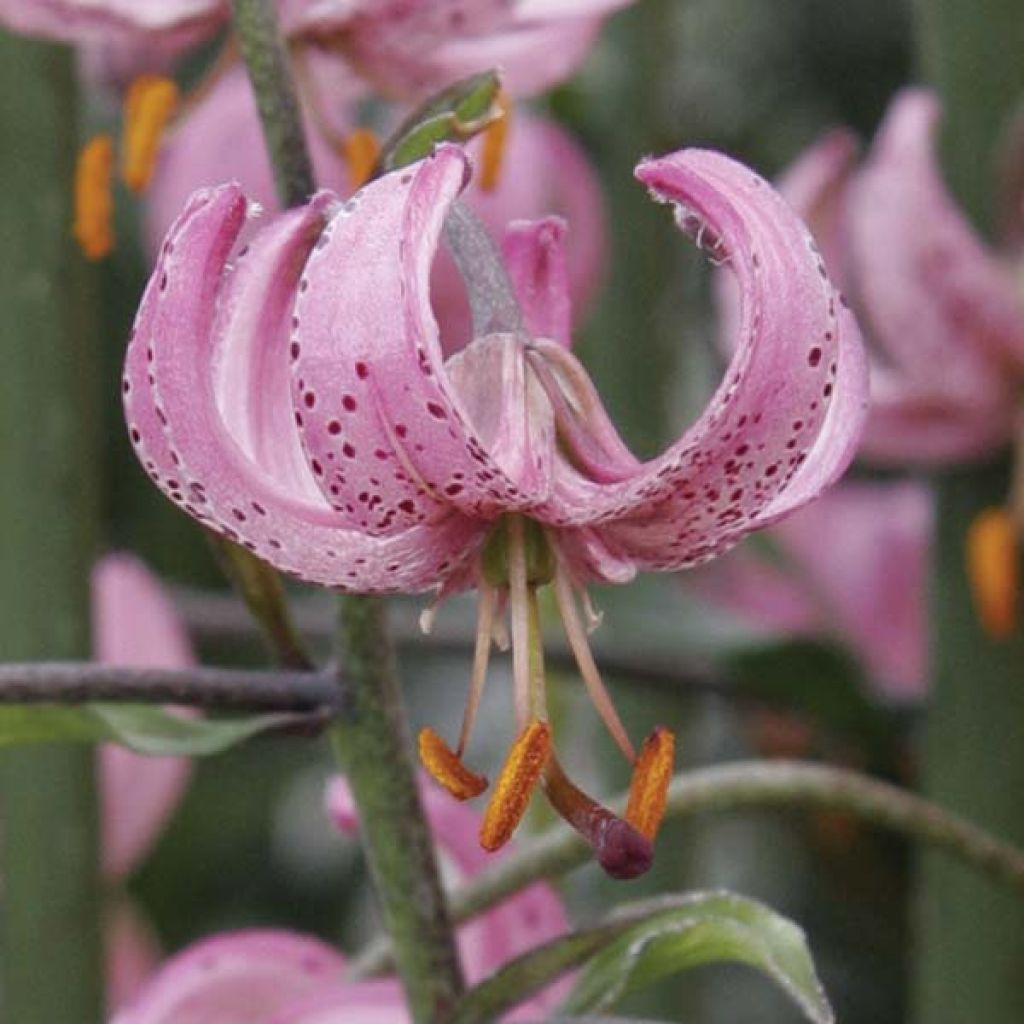

Lilium martagon - Lily
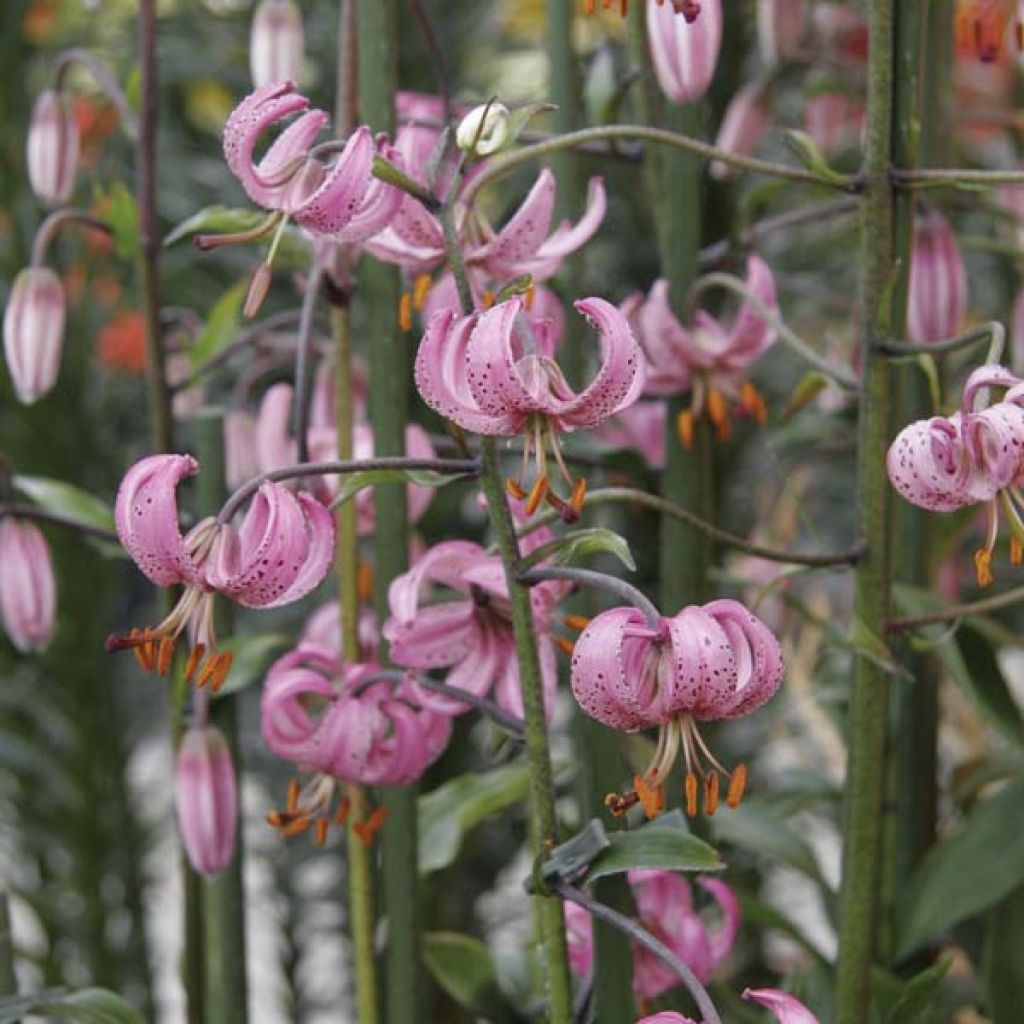

Lilium martagon - Lily
Lilium martagon - Lily
Lilium martagon
Martagon Lily, Turk's Cap Lily
large, healthy bulbs, well packed
Guy, 27/12/2020
Special offer!
Receive a €20 voucher for any order over €90 (excluding delivery costs, credit notes, and plastic-free options)!
1- Add your favorite plants to your cart.
2- Once you have reached €90, confirm your order (you can even choose the delivery date!).
3- As soon as your order is shipped, you will receive an email containing your voucher code, valid for 3 months (90 days).
Your voucher is unique and can only be used once, for any order with a minimum value of €20, excluding delivery costs.
Can be combined with other current offers, non-divisible and non-refundable.
Why not try an alternative variety in stock?
View all →This plant carries a 6 months recovery warranty
More information
We guarantee the quality of our plants for a full growing cycle, and will replace at our expense any plant that fails to recover under normal climatic and planting conditions.
Would this plant suit my garden?
Set up your Plantfit profile →
Description
The martagon lily is a protected species of southern and central Europe, mainly found in the woods and meadows of mountain regions. This species, long sought after by collectors, has magnificent flowers that are pendulous, rose-violet, punctuated with purple or brown spots. It may take a while to establish itself, but it is undemanding and hardy, and will faithfully flower each year once established.
Lilium martagon belongs to the family Liliaceae. This tall lily, whose stem can reach up to 180cm (71in) at most, is a symbol of the Alps. It grows in meadows, thickets, and mountain pastures. This plant is rare, although locally very present. The flowering, which emits a sweetish scent in the evening, occurs in June, July, or August depending on the climate. On each tubular stem, smooth and slightly purplish, up to 50 flowers bloom like small lanterns with six rose-violet tepals speckled with purple. At maturity, the tepals curl upward, revealing six beautiful orange stamens. The deciduous foliage is light green, and the leaves are spatulate with 7 to 8 strongly marked longitudinal veins.
You can associate this lily with non-invasive perennial plants as they appreciate having their base in the shade, along with beautiful ferns and yellow blooms, it is sublime. The martagon lily is ideal for borders, fresh rock gardens, and of course, bouquets. In nature, it is not uncommon to find it in the company of orange lilies. It is easy to reproduce this association in the garden. A true botanical lily, it is one of the exceptional plants that every collector loves to have in their garden. It has given rise to a line of equally remarkable hybrids.
The flowers of the martagon lily are visited at night by sphinx moths that hover in front of the flower, just like hummingbirds do. Its bulb is edible and is formed of oval, pointed, golden yellow scales.
Lilium martagon - Lily in pictures
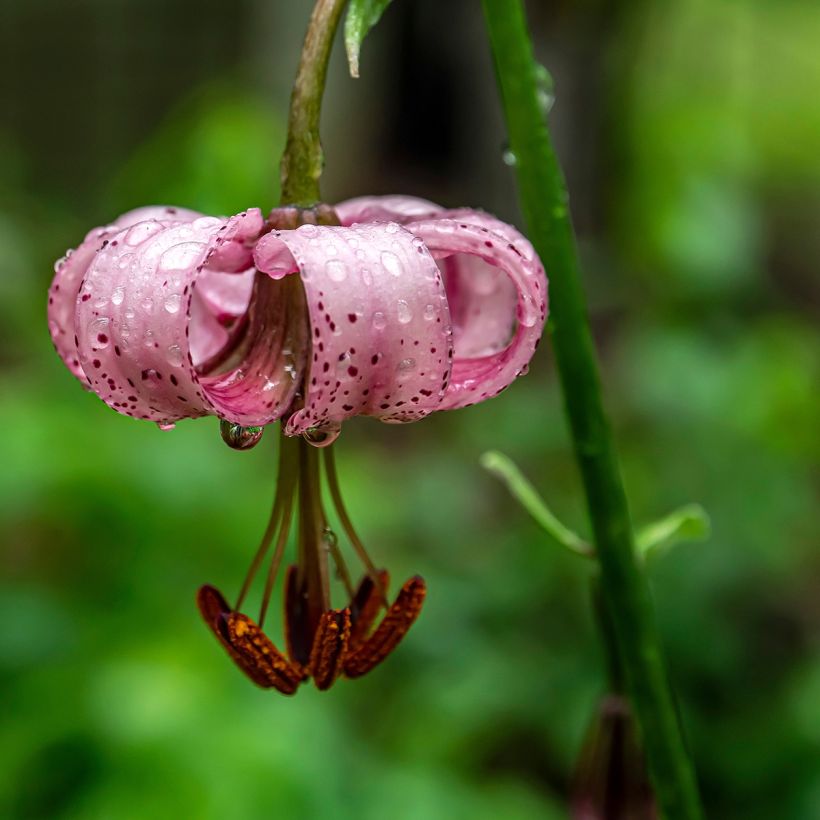

Plant habit
Flowering
Foliage
Botanical data
Lilium
martagon
Liliaceae
Martagon Lily, Turk's Cap Lily
Alps
Other Botanical Lilies
View all →Planting and care
Lilium martagon establishes itself a little more difficultly than Asian, trumpet, or Oriental lilies. It may take an additional season before flowering, and planting conditions must be carefully considered. Martagon lilies sulk when moved and need time to settle. Perfect drainage is essential, and a rocky soil is ideal, so that the bulbs are not in excessively moist substrate during their dormancy period after flowering. The bulbs could rot during a cold and rainy winter or spring. It is strongly advised not to add peaty compost, but a supply of well-rotted compost or leaf mould in autumn is desirable. You should plant it in full sun or partial shade, preferably in spring, burying the bulbs 15cm (6in) deep in a pocket of soil mixed with leaf mould and gravel. Surround them with a pocket of sand to protect them from rotting and slug attacks. Mark the planting location, as vegetation only starts in April. If red insects appear, treat them immediately; they are lily beetles whose larvae can devour all the leaves. The most effective method is to catch them manually, but be careful as they drop as soon as they are touched, so put a box underneath. After flowering, it is useful to cut the faded flowers halfway so the bed remains beautiful during the summer.
Planting period
Intended location
Care
Planting & care advice
-
, onOrder confirmed
Reply from on Promesse de fleurs
Similar products
Haven't found what you were looking for?
Hardiness is the lowest winter temperature a plant can endure without suffering serious damage or even dying. However, hardiness is affected by location (a sheltered area, such as a patio), protection (winter cover) and soil type (hardiness is improved by well-drained soil).

Photo Sharing Terms & Conditions
In order to encourage gardeners to interact and share their experiences, Promesse de fleurs offers various media enabling content to be uploaded onto its Site - in particular via the ‘Photo sharing’ module.
The User agrees to refrain from:
- Posting any content that is illegal, prejudicial, insulting, racist, inciteful to hatred, revisionist, contrary to public decency, that infringes on privacy or on the privacy rights of third parties, in particular the publicity rights of persons and goods, intellectual property rights, or the right to privacy.
- Submitting content on behalf of a third party;
- Impersonate the identity of a third party and/or publish any personal information about a third party;
In general, the User undertakes to refrain from any unethical behaviour.
All Content (in particular text, comments, files, images, photos, videos, creative works, etc.), which may be subject to property or intellectual property rights, image or other private rights, shall remain the property of the User, subject to the limited rights granted by the terms of the licence granted by Promesse de fleurs as stated below. Users are at liberty to publish or not to publish such Content on the Site, notably via the ‘Photo Sharing’ facility, and accept that this Content shall be made public and freely accessible, notably on the Internet.
Users further acknowledge, undertake to have ,and guarantee that they hold all necessary rights and permissions to publish such material on the Site, in particular with regard to the legislation in force pertaining to any privacy, property, intellectual property, image, or contractual rights, or rights of any other nature. By publishing such Content on the Site, Users acknowledge accepting full liability as publishers of the Content within the meaning of the law, and grant Promesse de fleurs, free of charge, an inclusive, worldwide licence for the said Content for the entire duration of its publication, including all reproduction, representation, up/downloading, displaying, performing, transmission, and storage rights.
Users also grant permission for their name to be linked to the Content and accept that this link may not always be made available.
By engaging in posting material, Users consent to their Content becoming automatically accessible on the Internet, in particular on other sites and/or blogs and/or web pages of the Promesse de fleurs site, including in particular social pages and the Promesse de fleurs catalogue.
Users may secure the removal of entrusted content free of charge by issuing a simple request via our contact form.
The flowering period indicated on our website applies to countries and regions located in USDA zone 8 (France, the United Kingdom, Ireland, the Netherlands, etc.)
It will vary according to where you live:
- In zones 9 to 10 (Italy, Spain, Greece, etc.), flowering will occur about 2 to 4 weeks earlier.
- In zones 6 to 7 (Germany, Poland, Slovenia, and lower mountainous regions), flowering will be delayed by 2 to 3 weeks.
- In zone 5 (Central Europe, Scandinavia), blooming will be delayed by 3 to 5 weeks.
In temperate climates, pruning of spring-flowering shrubs (forsythia, spireas, etc.) should be done just after flowering.
Pruning of summer-flowering shrubs (Indian Lilac, Perovskia, etc.) can be done in winter or spring.
In cold regions as well as with frost-sensitive plants, avoid pruning too early when severe frosts may still occur.
The planting period indicated on our website applies to countries and regions located in USDA zone 8 (France, United Kingdom, Ireland, Netherlands).
It will vary according to where you live:
- In Mediterranean zones (Marseille, Madrid, Milan, etc.), autumn and winter are the best planting periods.
- In continental zones (Strasbourg, Munich, Vienna, etc.), delay planting by 2 to 3 weeks in spring and bring it forward by 2 to 4 weeks in autumn.
- In mountainous regions (the Alps, Pyrenees, Carpathians, etc.), it is best to plant in late spring (May-June) or late summer (August-September).
The harvesting period indicated on our website applies to countries and regions in USDA zone 8 (France, England, Ireland, the Netherlands).
In colder areas (Scandinavia, Poland, Austria...) fruit and vegetable harvests are likely to be delayed by 3-4 weeks.
In warmer areas (Italy, Spain, Greece, etc.), harvesting will probably take place earlier, depending on weather conditions.
The sowing periods indicated on our website apply to countries and regions within USDA Zone 8 (France, UK, Ireland, Netherlands).
In colder areas (Scandinavia, Poland, Austria...), delay any outdoor sowing by 3-4 weeks, or sow under glass.
In warmer climes (Italy, Spain, Greece, etc.), bring outdoor sowing forward by a few weeks.






























